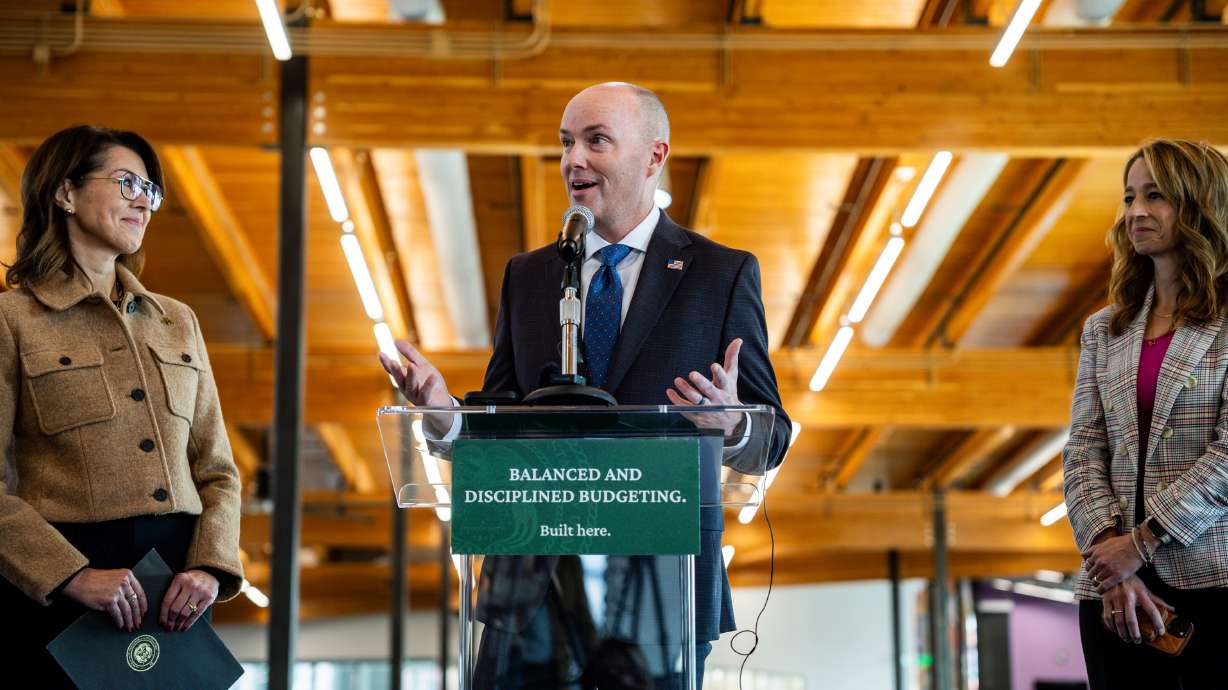Whether you love or hate the Common Core, it’s important to understand the end goal its architects have been striving for. Once Utahns realize what that goal is, we suspect few will be willing to support its use in this state.
In 1995, the National Governor’s Association invited Louis Gerstner to speak at the their annual meeting. Gerstner was CEO of IBM, and a longtime advocate of education reform. “You are the CEOs of the organizations that fund and oversee the country’s public schools,” he told the assembled governors. “That means you are responsible for their health. They are very sick at the moment.”
The following year, Gerstner held his own education summit for governors, telling them that “if they come, he would pair them with a major corporate executive from their state… to back them with strong support” for the reforms he advocated. Attendees at this summit pledged to support these reforms, and afterwards a group of CEOs and governors founded Achieve, Inc. to drive the reform movement.
Initially, these reforms were pitched as a non-federal option of changing the country’s educational landscape. “Nobody’s looking to Washington to solve this problem,” Gerstner once said. “The founding fathers, when they set up this country, made education a local responsibility. And Washington has very little impact on this problem.” With platitudes such as this, Gerstner and his allies generated support for the standards now known as the Common Core.
But like the camel’s nose in the tent, this reform movement seemed harmless at first. A decade later, in a revealing 2008 op-ed published in the Wall Street Journal, Gerstner showed what the full camel’s body looked like:
I believe the problem lies with the structure and corporate governance of our public schools. We have over 15,000 school districts in America; each of them, in its own way, is involved in standards, curriculum, teacher selection, classroom rules and so on. This unbelievably unwieldy structure is incapable of executing a program of fundamental change. While we have islands of excellence as a result of great reform programs, we continually fail to scale up systemic change.
As a reformer, Gerstner saw decentralization as an impediment towards shaping the system in his desired image. Achieve, Inc. brought together the National Governor’s Association and the Council of Chief State School Officers to centralize curriculum standards and propagate centrally managed education policy decisions. Why?
Because, as Gerstner further wrote, the proposed solution to so many school districts was to “abolish all local school districts.”
By and large, Utahns favor local control. The state school board, which didn’t even review the proposed standards before beginning to commit Utah to them, has reassured concerned parents that the state can change anything it wants in the Common Core—a claim that is simply not true. Additionally, the centralization of standards has the simple and obvious effect of removing decision making from state and local levels, therefore abolishing their autonomy. Gerstner wishes to have them eliminated altogether, but is that even necessary if they are simply rendered impotent?
Now, we argue that the government should play no role in education; protecting life, liberty, and property does not include taxing the masses to provide educational services to the rising generation. As such, private or home schools are the proper option. But while government schools exist—and while we are all compelled to fund them—the power structure overseeing the operation should be decentralized as much as possible. This, of course, is an ideal which stands at odds with both the intent and implementation of the Common Core.
Parents who myopically focus on the ends must broaden their view and look at the means by which these ends are being attained. While rigorous standards are praiseworthy (and many would argue that Common Core’s standards are not rigorous), they should be tried, tested, and adapted before mass implementation—and implementation must be done while retaining the ability to amend or repeal anything the standards contain. Binding the entire state of Utah to the untested proposals of an outside group whose goals of abolishing local control are at odds with most Utahns’ views hardly seems like something that should be supported, let alone fully implemented as the state school board has done.





